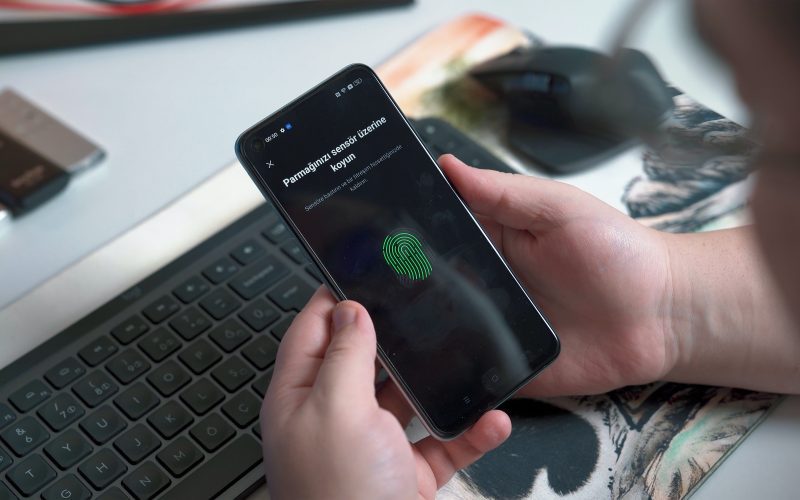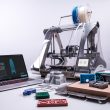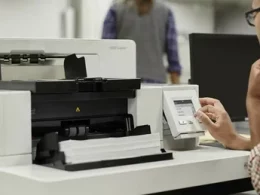Biometrics, the technology of measuring and analyzing biological data for authentication and identification purposes, has been gaining traction in the US electronics industry in recent years. From fingerprint recognition to facial recognition, biometric authentication has become increasingly common in electronic devices, particularly in smartphones and laptops.
However, the future of biometrics in US computer electronics is not limited to just fingerprints and facial recognition. With advancements in technology, the scope of biometric identification has expanded, and newer forms of biometric authentication are becoming more prevalent.
One such technology is voice recognition. Voice biometrics use voiceprints to identify individuals based on their unique voice patterns, and can be used for authentication in electronic devices, as well as in call centers and other applications where identity verification is required. This technology has already been incorporated into virtual assistants like Amazon’s Alexa and Google Assistant, and is expected to become more widespread in the future.
Another area where biometrics is expected to have a significant impact is in wearable devices. With the increasing popularity of wearable technology such as smartwatches and fitness trackers, biometric sensors such as heart rate monitors and electrocardiograms are being incorporated into these devices for health monitoring purposes. In the future, biometric sensors may also be used for identification and authentication, with the potential to replace traditional passwords and PINs.
However, the use of biometrics in US computer electronics also raises concerns about privacy and security. The collection and storage of sensitive biometric data raises the risk of data breaches and identity theft. Additionally, there are concerns about the accuracy and reliability of biometric authentication technology, particularly with regards to racial and gender biases in facial recognition software.
To address these concerns, US lawmakers have introduced legislation aimed at regulating the use of biometrics in electronic devices and protecting consumer privacy. The Future of Biometrics in US Computer Electronics will depend on finding a balance between the benefits and risks of using this technology, and addressing the concerns of privacy and security that come with it.












